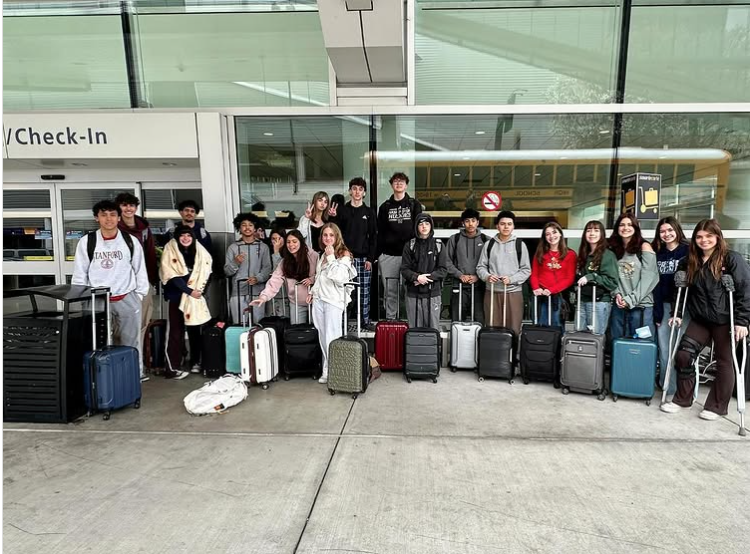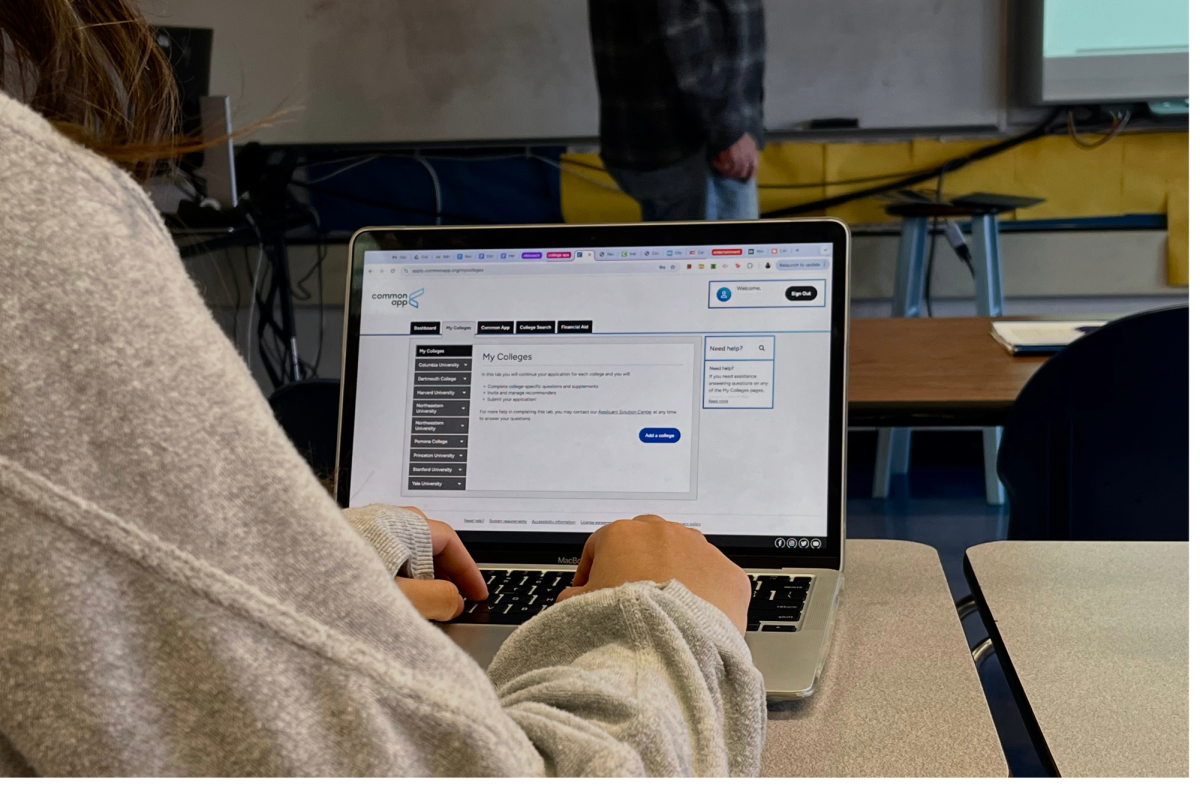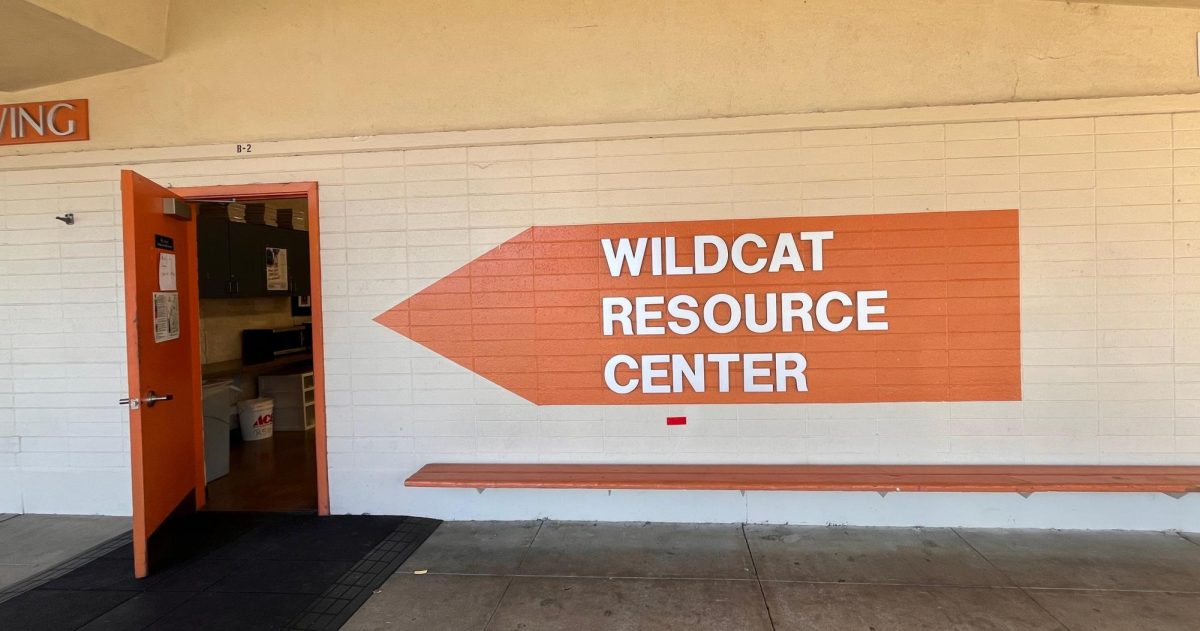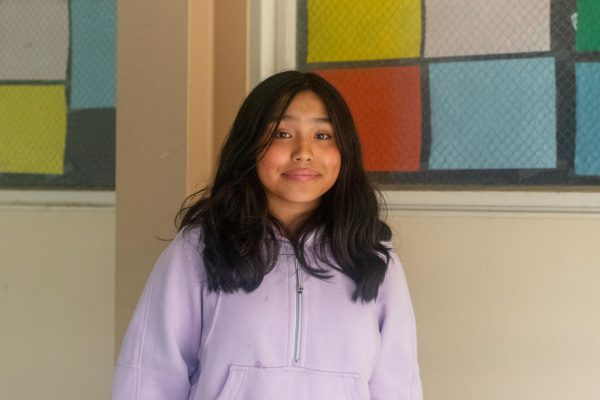Forgoing beach towels, 20 students spent spring break touring six college campuses where they were able to better understand the factors around different colleges and have their questions answered.
Juniors were able to visit the University of Oregon, Oregon State University, Reed College, Portland State, the University of Washington and Seattle University. There was a $50 commitment fee that did not contribute to the tours, instead it went back to the students in the form of snacks. This is because the trip was fully funded through the foundation with the College Access Program (CAP). The schools visited were popular colleges Woodside students have historically applied and committed to. Woodside offers a selection of college trips for students to go on, which usually include four to six campus visits, with two schools visited per day. To attend this trip, students must have a 2.5 GPA to be eligible for A through G requirements that four year universities generally require. The trip was a first come first serve sign up, and the school aimed to take 40 students.
“I hope that [the students] know that they’re able to access all of these resources, and that they’re able to have options,” college and career advisor Francisco Gil said. “Whether it’s going directly into a four year university or going to community college and transferring, or going directly into work after high school.”
If a student met the requirements but could not meet the $50 fee, they could still go and explore the schools chosen for the trip.
“We always have our anchor schools,” Gil said. “For example, on this Pacific Northwest trip, when they did this years ago, University of Washington and Oregon State were the two anchor schools, and then the other ones changed and adapted based on student interest.”
The University of Washington has historically been a popular destination during this Pacific Northwest College Trip. According to Woodside’s destinations and acceptances page, in 2022, 2023 and 2024, there were 18 acceptances every year to the University of Washington.
“My favorite college was University of Washington because it was beautiful,” junior Lucille Palmer said. “The scenery was amazing. You could see Mount Rainier, and the buildings looked really cool and old. They also had a bunch of amazing programs, and they gave us a mini seminar all about the school right before we started the tour.”
While Palmer was instantly drawn to the beauty and atmosphere of the University of Washington, other students found the experience further helped them go from uncertainty to clarity regarding college decisions.
“I was on the border for most of the colleges, especially for University of Washington,” junior Grace Manuel said. “I’m definitely putting it on my list now.”
While touring, students could not only decide on which colleges they liked but also examine what they were looking for in a college.
“I actually went on this tour, not to specifically tour certain colleges, but also figure out what I wanted out of a college,” Palmer said. “I think it really helped me figure out if I liked small schools or bigger schools, or what amenities I really like [that are] important to me that a college had. So I did find it very helpful.”
The trip expanded beyond colleges, and students were allowed to participate in fun activities on their own. According to Gil, students had to stay in a certain radius of the campus they were currently located in to ensure their safety, but could roam within those boundaries.
“[My favorite part of the trip was] the independence,” Manuel said. “We got to eat whatever we wanted, and then we also had a curfew. But before the curfew we could go out and explore the city.”
The staff also contributed to fun experiences the students had through engaging with them.
“My favorite experience was going on bus rides and talking to all the teachers and watching the movies,” Palmer said. “I did really like the tours as well, but the teachers definitely made it super fun. [Ms. van Putten] was awesome.”
The staff were also responsible for planning the trip. Gil and van Putten began brainstorming ideas in the fall and then had to advertise, gather permissions slips and finalize the amount of students. Once that was done, they managed which hotels they were going to stay in, which airlines they were going to use, which airports they were going to and more aspects of transportation.
“It’s really rewarding to see when students are able to go on the trip and [I can] hear [about] how much fun they had,” Gil said. “So it does make all the time and energy worthwhile, because it is a lot of pre-planning and logistics.”






